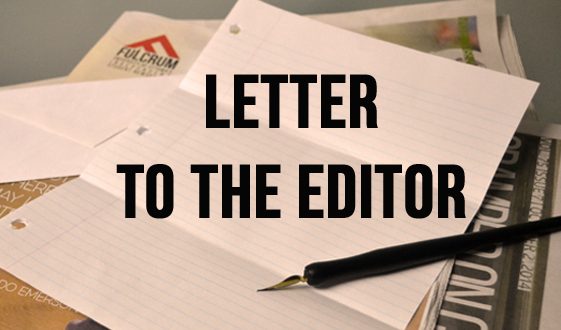Plan draws favourable rating, but spurs debate among BOG members
Moody’s Investors Service, which provides credit ratings and risk analyses to organizations around the world, released a report on Sept. 29 that characterizes the University of Ottawa’s recent debt issuance as “stable.” For up to the next 40 years, the U of O will be borrowing $200 million for a tenure to finance infrastructure projects.
U of O debt breakdown
According to the recent finance presentation at the Sept. 26 Board of Governors (BOG) meeting, the $200 million rise in borrowing can be broken down into three main components.
The largest component, $140 million, is reserved for infrastructure projects that are ongoing or recently completed. This includes $75 million for the university’s STEM project, designed to improve and rebuild science buildings on campus, $45 million for the Learning Centre, currently under construction, and $20 million to pay for the newly constructed Henderson residence.
The rest of the borrowed money is made up of $50 million for future infrastructure projects, as well as a $10 million “sinking fund”—money that is set aside to ensure smooth repayment of debt.

Moody’s report
To justify its favourable outlook on the U of O’s debt issuance, the report from Moody’s Investors Service cited the U of O’s “moderate financial reserve levels and manageable debt level.” It also noted that “prior to the debenture issuance, the University of Ottawa’s debt burden was low.”
However, the author of the report also notes problems, including the “current, but anticipated short-lived, operating deficits.”
The report states that before the U of O planned to raise its borrowing limit, the level of debt was equivalent to 14.9 per cent of revenue—which Moody’s termed “low.” After raising the limit, debt will be equivalent to roughly 37 per cent of revenue, which Moody’s deems “manageable.”
BOG disagreement
The plan to take on more debt was unveiled at the latest BOG meeting.
Marc Joyal, vice-president of resources at the U of O, presented the budget and said that the finance committee had heavily weighed the pros and cons of acquiring more debt and found that it was a good idea.
Joyal said interest rates are favourable, and the debt would provide “stability” for ongoing projects like the Learning Centre and STEM buildings.
However, some members of the BOG questioned whether or not this was a smart move. One member, Victoria Barham, who also teaches economics at the U of O, said that not enough details had been provided about the financial maneuvering involved in the procedure. She also questioned whether the university’s high level of investment in infrastructure was coming at the expense of student experience.
Barham said she worried the BOG was focusing on “buildings above students,” and graduate students representative, Robert Head, opposed the new debt plan as well.






